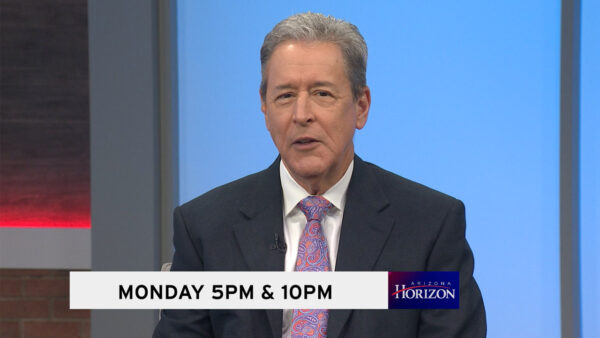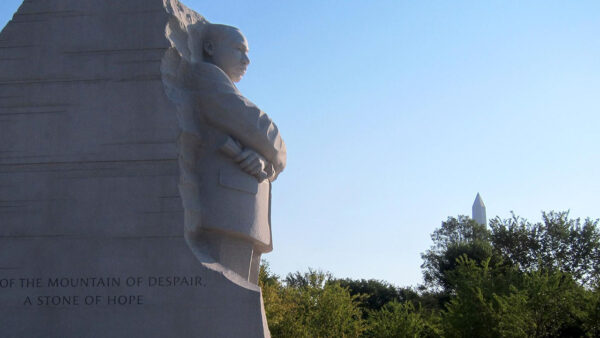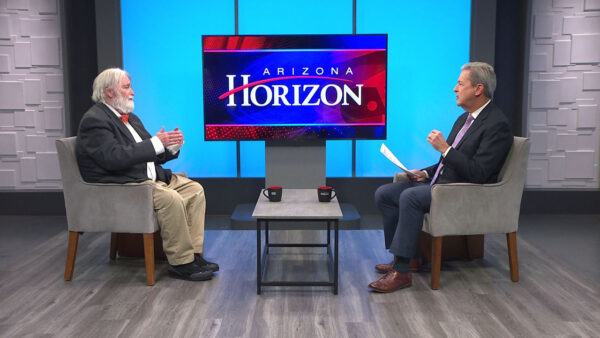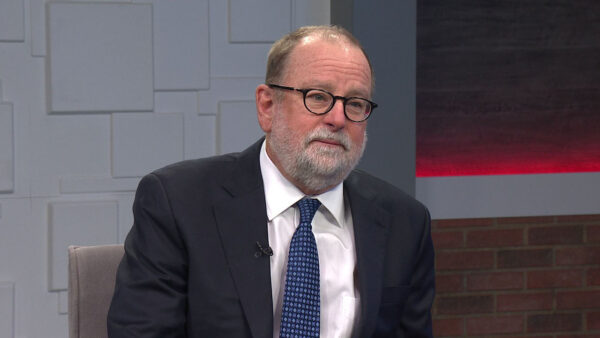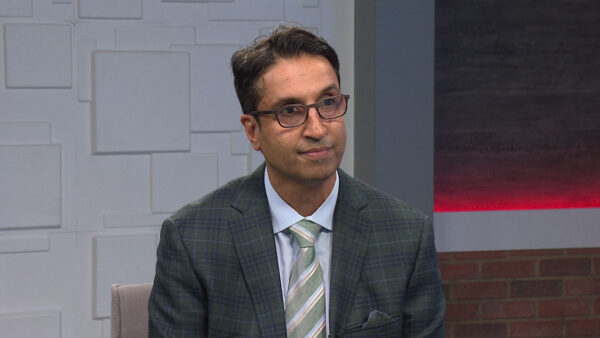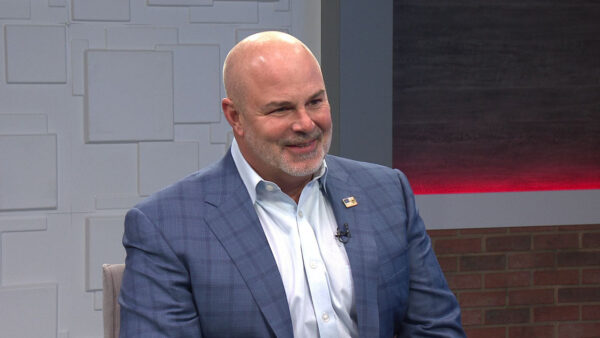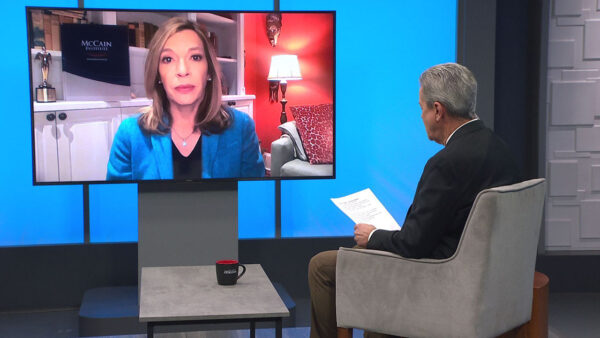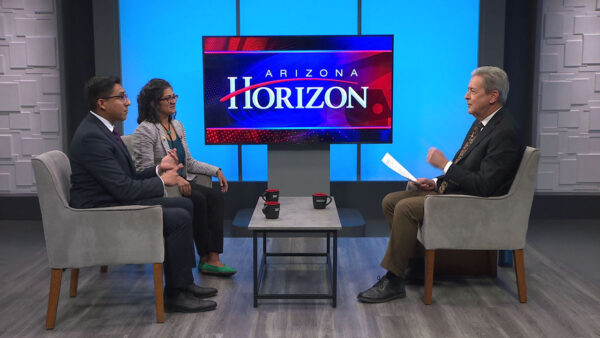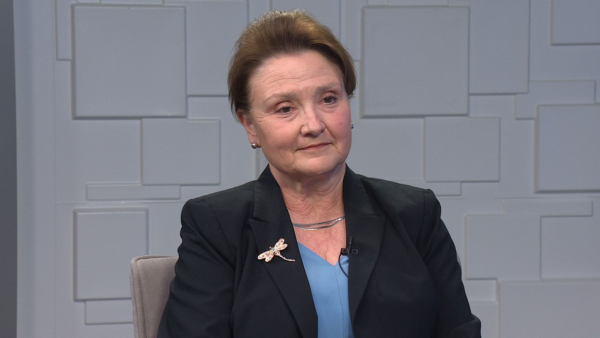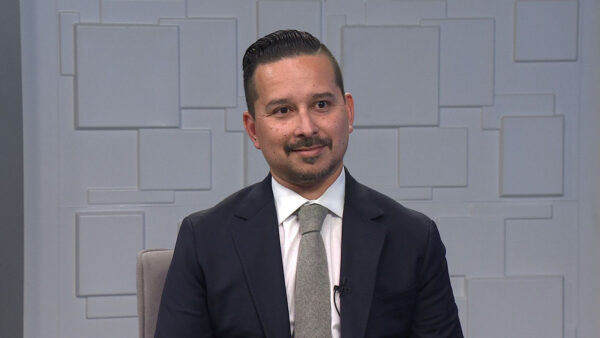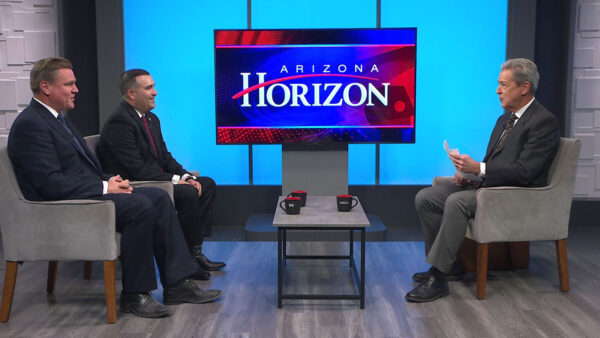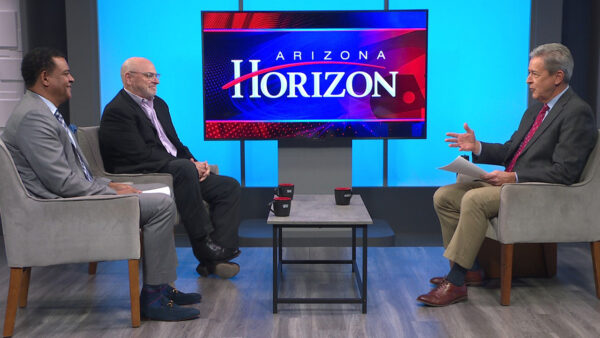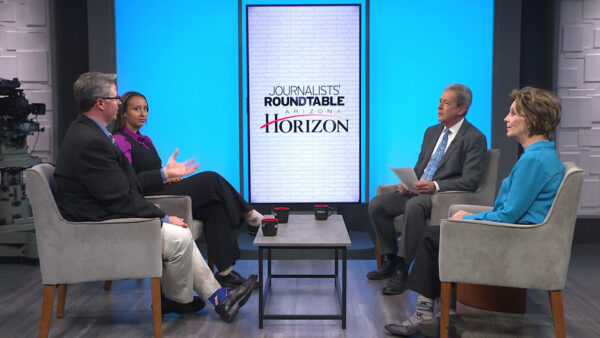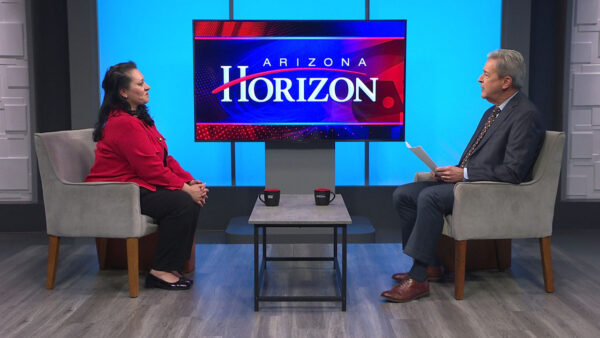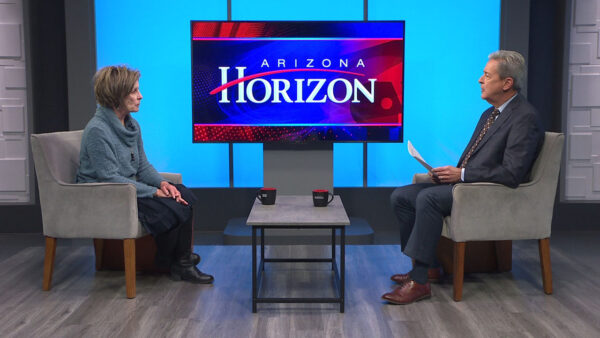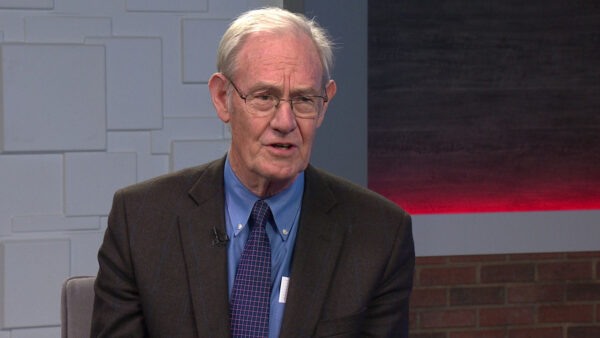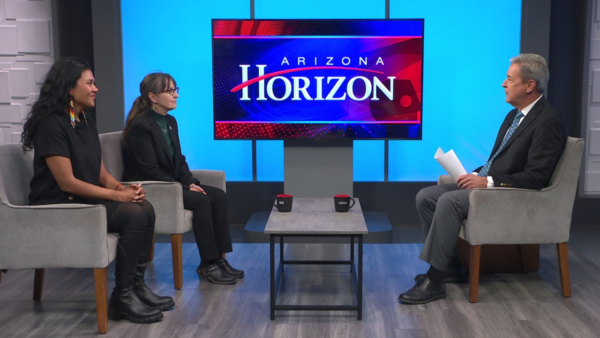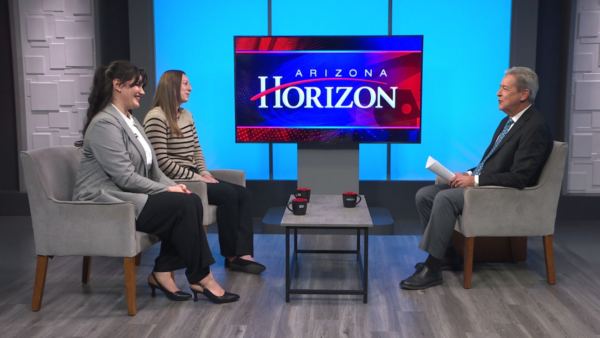3D printing has been around for a while, but it is just starting to make a big impact on mainstream society. Tempe-based Phoenix Analysis and Design Technologies is a 3D printing company that was started in 1994 and offers a variety of services, including product simulation, design prototyping and medical devices. The company is also the largest distributor of 3D printing and manufacturing systems in the Southwest. Eric Miller of PADT will talk about his company and 3D printing.
Ted Simons: Tonight's focus on Arizona technology and innovation looks at 3D printing and how this once obscure technology is now impacting mainstream society. Joining us now is Eric Miller with Phoenix Analysis and Design Technologies, the largest distributor of 3D printing and manufacturing systems in the southwest. Good to have you here.
Eric Miller: Thanks for having me.
Ted Simons: What is 3D printing?
Eric Miller: 3D printing is where we take a computer model that somebody built using software, or scanned a part with a laser or something, and we take that 3D computer model and we directly print it out in a machine. So there's no machining, there's no casting, there's no molding, we just directly make the part. Like printing.
Ted Simons: I think some people are hung up on the word printing, but what you're saying, you take it from the computer screen, and what, it goes directly to a lathe, to -- It.
Eric Miller: Goes to a machine that builds it up one layer at a time. The way I like to think about it is, if you take a part and slice it a couple hundred times, and then take it apart and stack it up again, that's basically what we're doing. We're slicing it in the computer and with build one layer at a time in a machine, either by extruding a material or squirting it out with a print head, and harden it.
Ted Simons: And you're talking everything from simulated projects, to prototyping, to actual holding your hand no fooling around product.
Eric Miller: Right. So it's a full spectrum, it's been around for about 25 years. And we've been using engineering to help us with product development that whole time. So we've been using prototyping to make a copy before we go into expensive manufacturing. But in the last five or 10 years it's really broadened out to where dentists use it, if you get some sort of implant or maybe some braces, the clear braces, they may use 3D printing in that process.
Ted Simons: My goodness. And you brought along some stuff here. What have we got?
Eric Miller: This is my favorite part. This is a chess piece, and it shows the detail and the accuracy you can get with these parts. And there's no other way to make this other than 3D printing. You can see there's a stairwell going up inside of it. So there's no way to get a tool in there, pull a mold out of that. You'd have to make it in two halves and glue it together. With 3D printing we build it up one layer at a time and make just a beautiful piece out of it. That's a really nice looking thing. And the other thing that's -- That we're doing a lot more of these days is using better materials. So this is part of a turbine engine. If I wanted to test this part, it would have taken me six months to get this part made. Now I can go and have this made in about a week. And I can go ahead and take it out and get it tested.
Ted Simons: This is obviously made from something different than the chess piece was made from. Are there limitations as to what you can build?
Eric Miller: There's a lot of limitations, like everything, there's no such thing as a free lunch. We have to worry about the strength of the material, we have to worry about it shrinks when it gets built, so the accuracy is not as good as maybe we want it on the metal, where the plastic it is. Some of the material may warp in sunlight, so you have to be careful, so all these -- There's about six different technologies, and each one has a strength and a weakness. So we pick the right one for our customers.
Ted Simons: You mentioned dentistry. I see something else with a health-related theme. This strikes me as something that could really make an impact.
Eric Miller: We're really excited about personalized medicine as the future. 3D printing enables a lot of personalized medicine. This is an example of where they did a CAT scan of someone's bone, and they're going to do a replacement, they're going to put this part in there. But to get from right now they just have standard parts they pick the closest one, shove it in there. Now what we can do is the doctor can practice on the computer, he can design where he wants to cut the part, and this is a fixture that he puts his bone saw in and cuts away at the part, then he can make the actual insert out of plastic, make sure it fits, everything looks good, and then directly mold it into a metal part. So he went directly from plastic to metal. So the whole thing personalized for this person's bone.
Ted Simons: This is obviously the serious stuff, and the medical stuff, but there are now shade tree 3D guys out there that are basically building stuff in their basement with their computers? What's going on here?
Eric Miller: That's the biggest change in the last year, is the hobbyist level machine. So this -- The patent on the leading technology expired, so now people have been open source machines. And so you can build your own, or you can buy one for less than about $2,500. And you can make your own replacement parts, you can -- Pretty much do anything you want. If you can make a computer model of it, and a plastic material is OK for you, you can pretty much make anything you want in your basement.
Ted Simons: And we've heard stories of people actually making firearms through this?
Eric Miller: There's somebody that's gotten a lot of press on making a firearm. I personally would never fire it, but it shows that when you give somebody a new tool like this, they use it in ways we never thought about. And it does allow -- The big thing it allows is somebody who's not an expert machinist or an expert molding guy to make his own parts. It allows anybody without the skills of a manufacturer to do manufacturing.
Ted Simons: And I was going to say, that's got to impact a lot of areas that maybe aren't ready for that kind of impact.
Eric Miller: There's some areas we're going to have to take a look at, you know, how it impacts legislation, and how -- Certain laws that have been written assuming stuff is made with manufacturing technology, and now that somebody can make it in his garage, we have to see how that changes.
Ted Simons: How about mainstreaming affecting your business?
Eric Miller: It's affected our business quite a bit in that people who weren't aware of the technology are now aware of it. So we do a lot of work with inventors and start-ups and they were using more traditional basically cardboard duct tape methods before, and we're able now to help them and show them this technology that we've been using with large aerospace companies for decades is applicable to what they're doing as well.
Ted Simons: Do you find your company moving more from doing the manufacturing and the quote unquote printing to assisting those who want to do it for themselves?
Eric Miller: We're doing both. We sell the systems as well as provide it as a service. So we definitely have seen more people using the technology, buying the technology for themselves and then mentoring them through applying it to their very unique applications.
Ted Simons: I'm sure. So where does this technology go from here?
Eric Miller: Material, research is the big area. So getting better materials, getting stronger materials, higher temperature. Cheaper is the other thing. So pushing the price, that's for the high end people. For the low end people, it's pushing the price down so some day you can -- We have a customer in Denver that has a store that you can go into her store, storefront like right next to a beauty parlor, and you can bring in a part and say I'd like you to scan this and make a copy, we're going to see more and more of that.
Ted Simons: You've been in this business a long time. Did you ever think you'd see this level of mainstream --
Eric Miller: No. It shows the lack of imagination of technical people. This technology, we saw it applied to the way we use it, and now that more creative people are getting exposed to it it's pretty awesome.
Ted Simons: It's fascinating stuff. Thank you so much for joining us. We certainly appreciate it.
Eric Miller: Thank you.
Eric Miller:Phoenix Analysis and Design Technologies;
